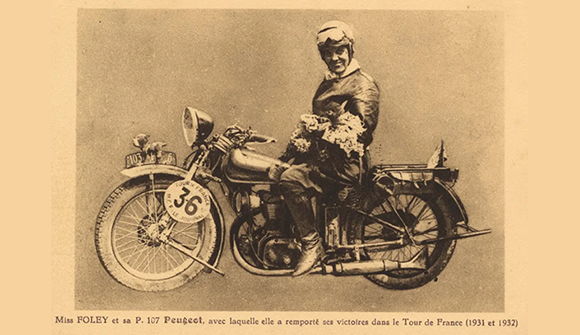
The Peugeot motorcycle
History of the Peugeot motorcycle
The Peugeot motorcycle adventure began in 1898 in Beaulieu, the historical cradle of the Brand’s two-wheelers and automobile.
After the separation between the two cousins Eugène and Armand Peugeot, Eugène recovers the space left available in the Beaulieu factory by the departure of Armand in Audincourt. He will build motorcycles and tricycles there.
A first motorcycle was presented at the 1898 Motor Show, equipped with a Dion Bouton engine mounted perpendicular to the rear wheel. It will not be produced but kicks off!
The first motorcycles built in 1898 by Les Fils de Peugeot Frères were tricycles. Only their cycle part is signed Peugeot, all the mechanics, including the 239.5 cm3 single-cylinder, are original from Dion Bouton. Although impractical to use, tricycles sell well due to their modest price. At the end of the 19th century, they constituted the first popular motorized vehicle.
The first quadricycle appeared in 1900. Equipped with a Peugeot engine, it was more powerful, but it was also much heavier. In 1901, it will receive liquid cooling of the cylinder head. The following year, no less than six quadricycles – four of which were Peugeot-powered – appeared in the catalogue, from which the tricycles disappeared.
By gaining more and more power, but also in weight, quadricycles see their difference with small cars being reduced. They are not easy to use, difficult to drive and to start. These disadvantages will make them supplanted by golf carts. 1903 will be their last year of production at Peugeot.
The first motorcycle produced by Peugeot was the “Motobicyclette”, a light machine presented at the 1901 Paris Salon. Its Swiss ZL (Zürcher and Lüthi) 1 ½ HP (198 cm3) engine is cantilevered on the frame in front of the crankset. The transmission is by belt. Ultra light, the cycle part is that of a reinforced bicycle.
On the first 5CV motorcycle marketed in 1903, the engine passed inside the frame, the definitive location of the mechanicals of motorcycles to this day. The first races start.
The range is expanding and the mechanics are gaining momentum. The following years saw the appearance of twin-cylinders, some of which distinguished themselves in competition.
A pioneer in double overhead camshaft distribution in the automobile, Peugeot is also a pioneer in motorcycling. In 1914, a 500cc twin appeared, like the Grand Prix Peugeots. It must be entered in the Grand Prix de France, but the war will decide otherwise. She will still have time to break the record for the kilometer launched at 122 km/h. Driven in particular by Péan, it won races after the war.
With the 1920s, the activity of two wheels acquired its autonomy from the automobile. In 1926, the Nouvelle Société des Cycles Peugeot was created, bringing together motorcycles and bicycles.
At the beginning of the 1930s, the range mainly comprised popular models including the 250cc P108, which appeared in 1928 and with which Robert Pahin won the 1933 Bol d’Or in its category (his brother Marcel finished 2nd in 1934). The biggest Peugeot is only a 350cc, the P107, popularized by the travels of motorcyclist reporter Robert Sexé. To fight against the British competition, which offered powerful machines with large displacements, the Marque launched two 500 cc four-stroke models, the 515 with overhead valves and the 517 with side valves. Presented at the 1933 Paris Motor Show, the 515 broke the world record for 24 hours a year later at an average speed of 118.747 km/h on the Montlhéry circuit.
History within history -> In order to promote the robust P110, Antoine Peugeot (Eugene’s grandson), one of the main ambassadors and enthusiasts of Peugeot motorcycles, climbed Montenvers from Chamonix on the 25th August 1931. Discover the video of this fabulous ascent at the Musée de L’Aventure Peugeot (Doubs) or on the Youtube page of Peugeot Motocycles https://youtu.be/Pi55bNNAUeE
After the Second World War, difficult economic conditions favoured small cars. Peugeot produces popular 125 cc two-stroke motorcycles, the distribution of which will be very large. The P55 was released in 1946. It was a single-cylinder 125cc, taken from a pre-war model. A scooter is derived from it, the Peugeot “tri”, icon of the fifties whose advertising claims, not without reason, that it is the least expensive utility vehicle. A simple and economical 175cc followed by a twin-cylinder 250cc in 1953.
Peugeot was then the leader of the French motorcycle market ahead of Motobécane and Terrot, but the order was reversed during the 1950s. The 1959 356TB 125 cc twin cylinder would be the swan song of the Peugeots of this period. The motorcycle market is in decline, victim of the combined competition of scooters and popular cars.
A rare surviving brand of the 300 manufacturers who have marked the history of French motorcycles, Peugeot has bought over the years the major French brands such as Terrot and René Gillet. Before undergoing, like most European firms, the Japanese yoke.
In 1987, the cycle and motorcycle activities were separated. The motorcycle activity was renamed Peugeot Motocycles (PMTC), but that’s another story…
Focus on the competition ->
Peugeot distinguished itself in motorcycling competition in 1904 by beating the world hour record. She then built an exceptional track record by winning some of the most prestigious competitions:
1905 -> Double for Cissac and Guippone at the Tour de France Motorcyclist
1923 -> Victory at the Grand Prix des Nations (Gillard driver)
1931/1932 -> Miss FOLEY wins the Tour de France Moto riding a P107
1933 -> Victory at the Bol d’Or for Robert Pahin on a P108 in the 250 cm3 category (6th overall)
1934 -> 9 world records for the 500 cc P515, including the record of 3000 km achieved at an average speed of 118.162 km/h
1952 -> Victory at the Bol d’Or for André BOUIN on a P 176 in the 175 cm3 category (5th overall)
1982 -> Alain Boissonnade becomes French enduro champion, 80 cc open category, riding a PEUGEOT TX2C motorcycle
These records and victories have contributed to making the “Peugeot” legendary motorcycles.
Sources: Archives of Terre Blanche and Book “Motos Peugeot 100 years of history”, by Bernard Salvat and Didier Ganneau. EBS Edition



